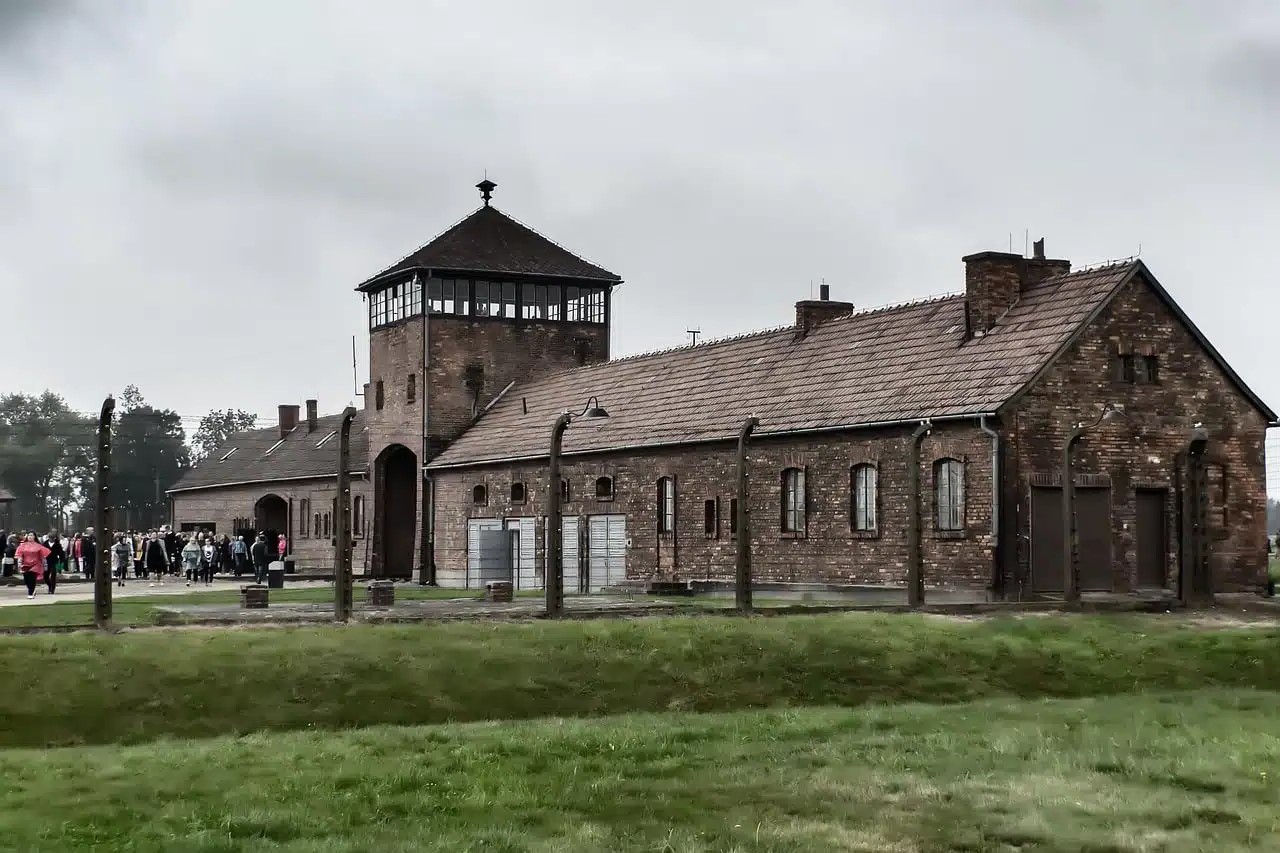Secrets Of The Auschwitz-Birkenau Memorial Tour

Visiting the Auschwitz-Birkenau Memorial can be a deeply moving experience. This historic site, located in Poland, serves as a powerful reminder of the atrocities committed during World War II. Many people wonder what to expect when they tour this solemn place. From the preserved barracks to the haunting gas chambers, each part of the memorial tells a story of unimaginable suffering and resilience. Guided tours offer valuable context, helping visitors understand the significance of what they see. Whether you're a history buff or someone seeking to pay respects, a visit to Auschwitz-Birkenau leaves a lasting impact.
Understanding the Auschwitz-Birkenau Memorial
Visiting the Auschwitz-Birkenau Memorial is a profound experience. This site, located in Poland, serves as a stark reminder of the atrocities committed during World War II. Each corner of the memorial tells a story of pain, resilience, and history. Here are some key places to visit within the memorial.
Auschwitz I: The Original Camp
Auschwitz I, the original camp, is where the journey begins. This part of the memorial offers a glimpse into the early days of the camp's operation.
- Main Gate: Known for its infamous sign, "Arbeit Macht Frei" (Work Sets You Free), this gate is a chilling reminder of the camp's deceptive cruelty.
- Block 11: Also called the "Death Block," this building housed prisoners awaiting execution. The basement contains cells where many suffered and perished.
- Execution Wall: Located between Block 10 and Block 11, this wall is where thousands of prisoners were executed by firing squad.
- Crematorium I: This building was the first gas chamber and crematorium used at Auschwitz. It stands as a testament to the industrial scale of the Holocaust.
Auschwitz II-Birkenau: The Extermination Camp
Auschwitz II-Birkenau, the largest part of the complex, was primarily an extermination camp. Its vastness and the remnants of its structures are overwhelming.
- Main Entrance: The iconic railway entrance, known as the "Gate of Death," is where trains carrying prisoners entered the camp.
- Ramp: This is where selections were made, determining who would be sent to work and who would be sent to the gas chambers.
- Gas Chambers and Crematoria II and III: These ruins are a stark reminder of the mass murders that took place here. The Nazis destroyed these buildings in an attempt to hide their crimes.
- Women's Camp: This section housed female prisoners under deplorable conditions. The barracks here tell stories of unimaginable suffering.
Auschwitz III-Monowitz: The Labor Camp
Auschwitz III-Monowitz was a labor camp where prisoners were forced to work under brutal conditions. This part of the memorial highlights the exploitation of human labor.
- IG Farben Factory: Prisoners worked here under harsh conditions, producing synthetic rubber and fuel for the Nazi war effort.
- Monowitz Barracks: These barracks housed the laborers. The conditions were so severe that many did not survive the grueling work and harsh environment.
Memorial and Museum Exhibits
The Auschwitz-Birkenau Memorial also includes several exhibits and memorials that provide deeper insights into the history and impact of the Holocaust.
- Shoes Exhibit: Thousands of shoes taken from prisoners are displayed, each pair representing a life lost.
- Suitcases Exhibit: Personal belongings, including suitcases with names and addresses, offer a poignant glimpse into the lives of those who perished.
- International Monument: This monument, located between the ruins of Crematoria II and III, honors the victims of Auschwitz-Birkenau. It serves as a place for reflection and remembrance.
Reflecting on the Experience
Visiting the Auschwitz-Birkenau Memorial is an emotional journey. Each location within the memorial offers a unique perspective on the horrors of the Holocaust. Reflecting on these experiences is crucial for understanding the depths of human cruelty and the importance of remembering history.
Reflecting on the Auschwitz-Birkenau Memorial Tour
Visiting the Auschwitz-Birkenau Memorial is a powerful experience. Walking through the historic grounds, seeing the barracks, and learning about the atrocities committed there leaves a lasting impact. This tour isn't just about history; it's about remembering the victims and understanding the importance of human rights.
The memorial serves as a stark reminder of the horrors of the Holocaust and the need to prevent such events from happening again. It's a place for reflection, education, and remembrance.
Taking this tour can be emotionally challenging, but it's also incredibly important. It helps us appreciate the value of tolerance, compassion, and human dignity. If you ever have the chance, visiting the Auschwitz-Birkenau Memorial is a profound way to honor the past and commit to a better future.

